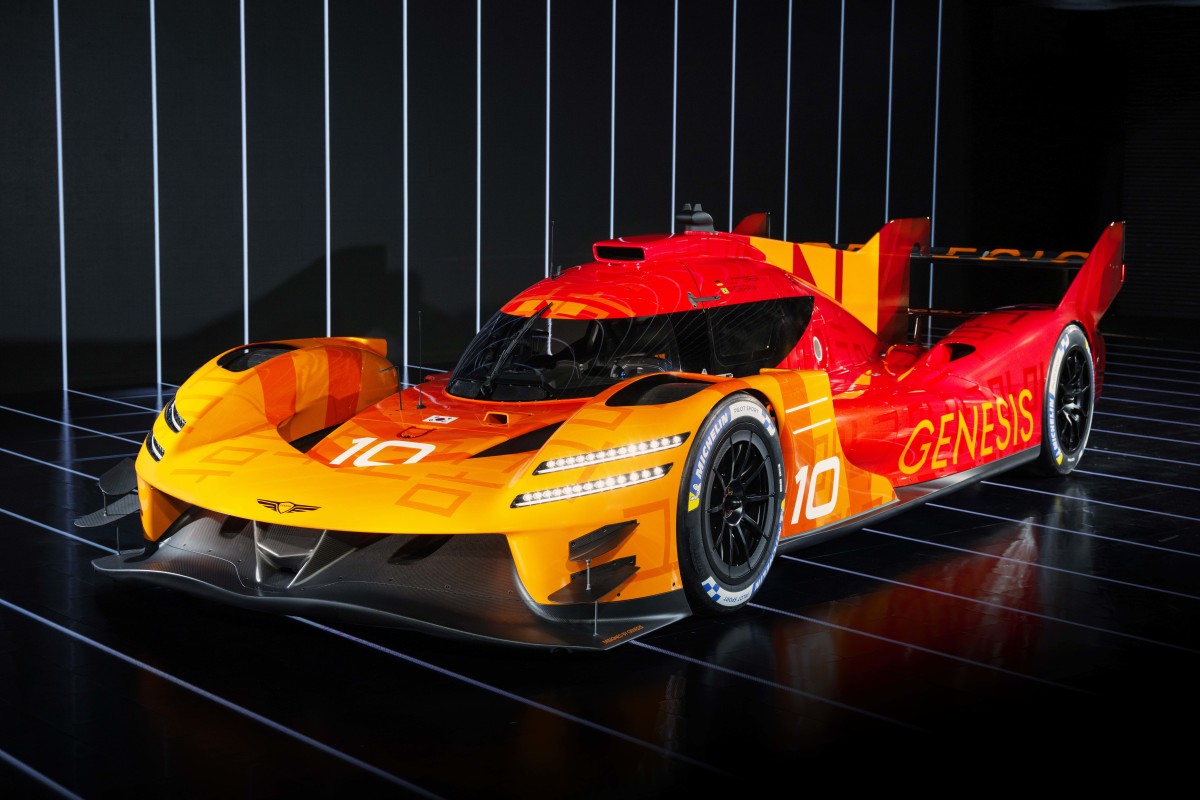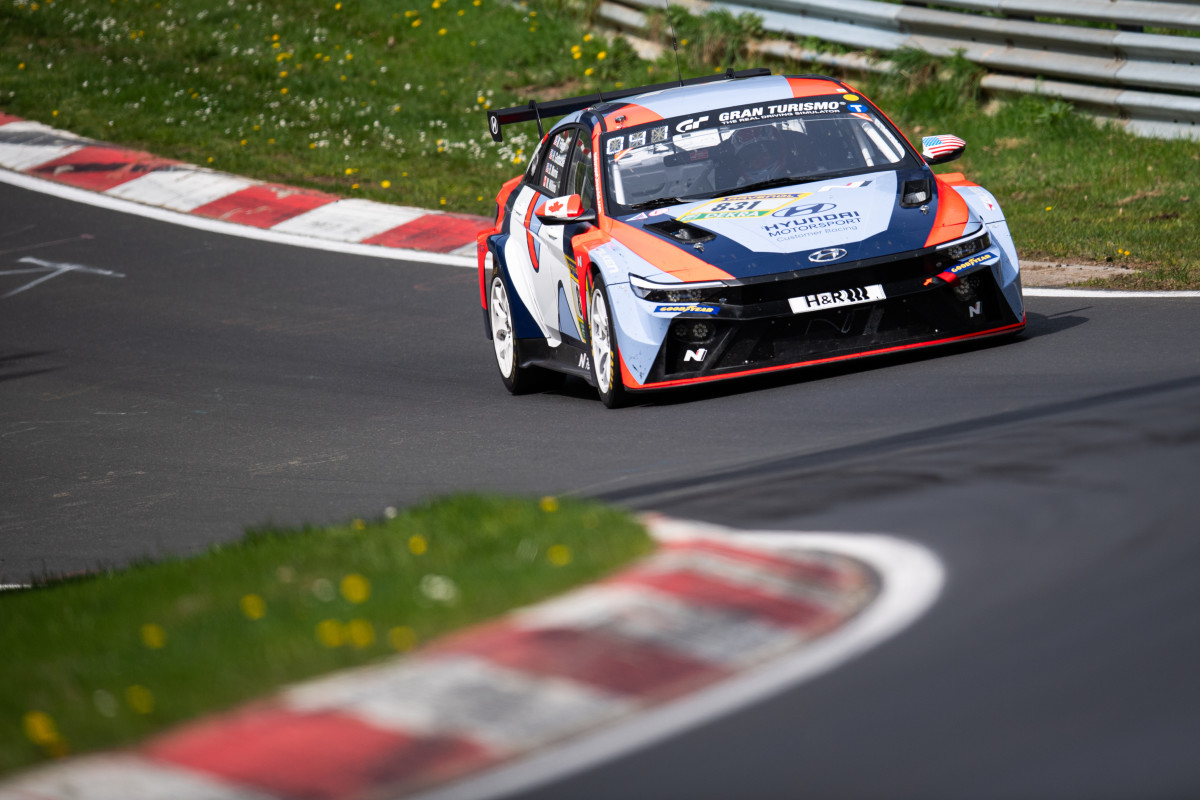The Road to Performance

A mere week ago, Genesis unveiled their highly-anticipated hypercar, and their commitment to speed extends beyond the racetrack. The Korean automaker has already breathed life into the heart of their engineering marvel with the successful ignition of the car’s impressive twin-turbo V8 engine. This momentous achievement is worthy of celebration, coming after an intense eight months of engine development that now sees the GMR-001 Hypercar preparing to make an indelible mark on the automotive landscape. It’s no small feat from the experienced team at Hyundai Motorsport, laying the foundation for what promises to be a revolutionary leap in performance and innovation.
Under the Hood

It might come as a surprise, but Genesis decided to power their cutting-edge hypercar with a twin-turbo V8, a departure from their current lineup. This engine shares about 60% of its components with the inline-four engine found in Hyundai’s rally cars—a testament to their motorsport prowess. Hyundai sees rallying, with its grueling conditions, as ideal preparation for Le Mans-style endurance races. Led by Technical Director François-Xavier Demaison, the goal was to adapt the durability of rally tech to this high-performance V8, focusing on efficiency and reliability.
The initial engine build took about a month, and the first firing of the engine was perfectly timed. However, many rigorous tests like stress evaluations, heat cycling, and dynamometer runs are still on the horizon. The next steps couple the engine to a cutting-edge transmission and hybrid system compliant with LMDh (Le Mans Daytona h) regulations.
This Hypercar’s Path
The GMR-001 Hypercar represents the birth of Genesis’ Magma sub-brand, promising to shake up the racing world in partnerships with marquee names like Porsche, BMW, and Cadillac. Utilizing a chassis from Oreca and featuring an output of around 670 horsepower, the GMR-001 gears up for some fierce contests in the IMSA series and beyond. The initiative sees Hyundai’s biggest factory racing effort yet, building on their success in the TCR and WRC arenas.
Where the Rubber Meets the Road
The timeline for on-track testing is ambitious, set to begin later this year. It showcases Hyundai’s commitment and eagerness to transition from the TCR rallies to the grand stage of prototype racing. Entering the LMDh class means contending with the highest level of factory investments in motorsports today. The challenges are monumental, but so are the rewards. Hyundai’s entry into this competitive field will be one to watch closely and might just redefine expectations for the brand.
Defender V8 Returns
Hyundai's Bold Move
Nissan Lock Lawsuit
Retro Cars Roll In
2025 Audi Q5 Unveiled